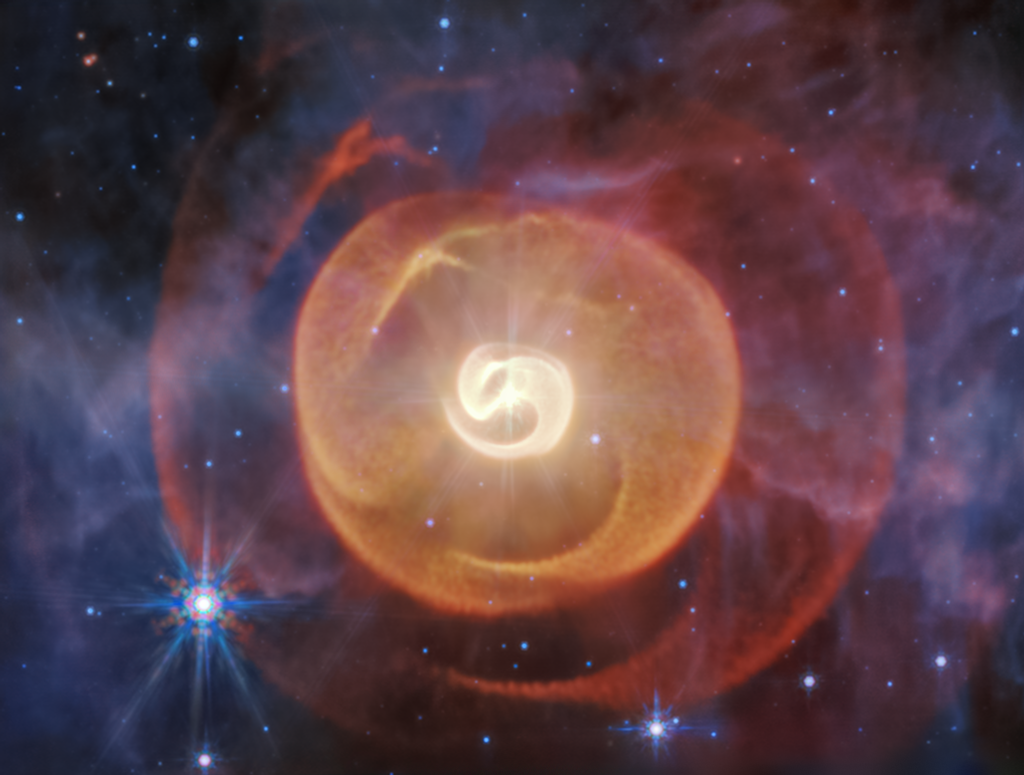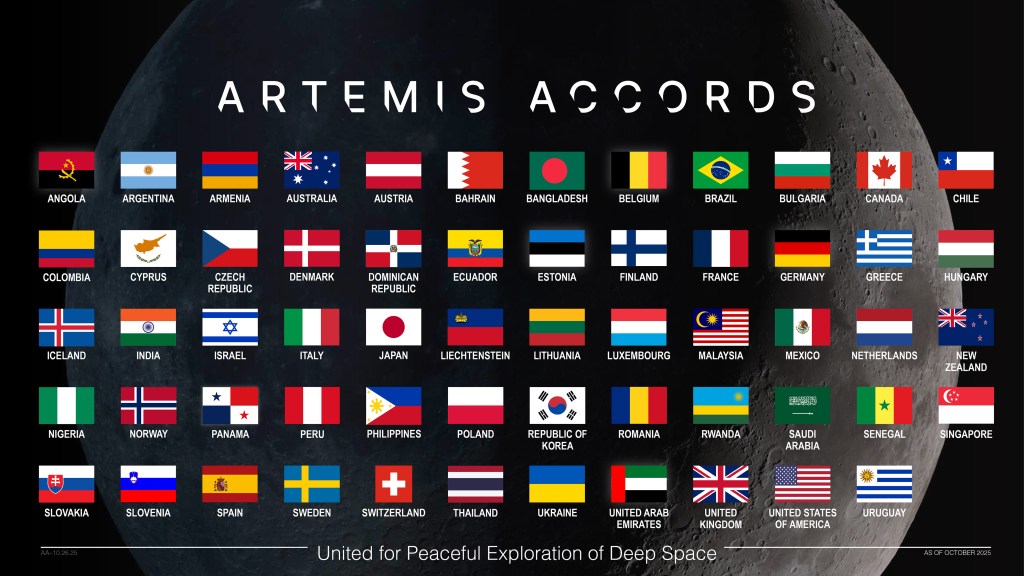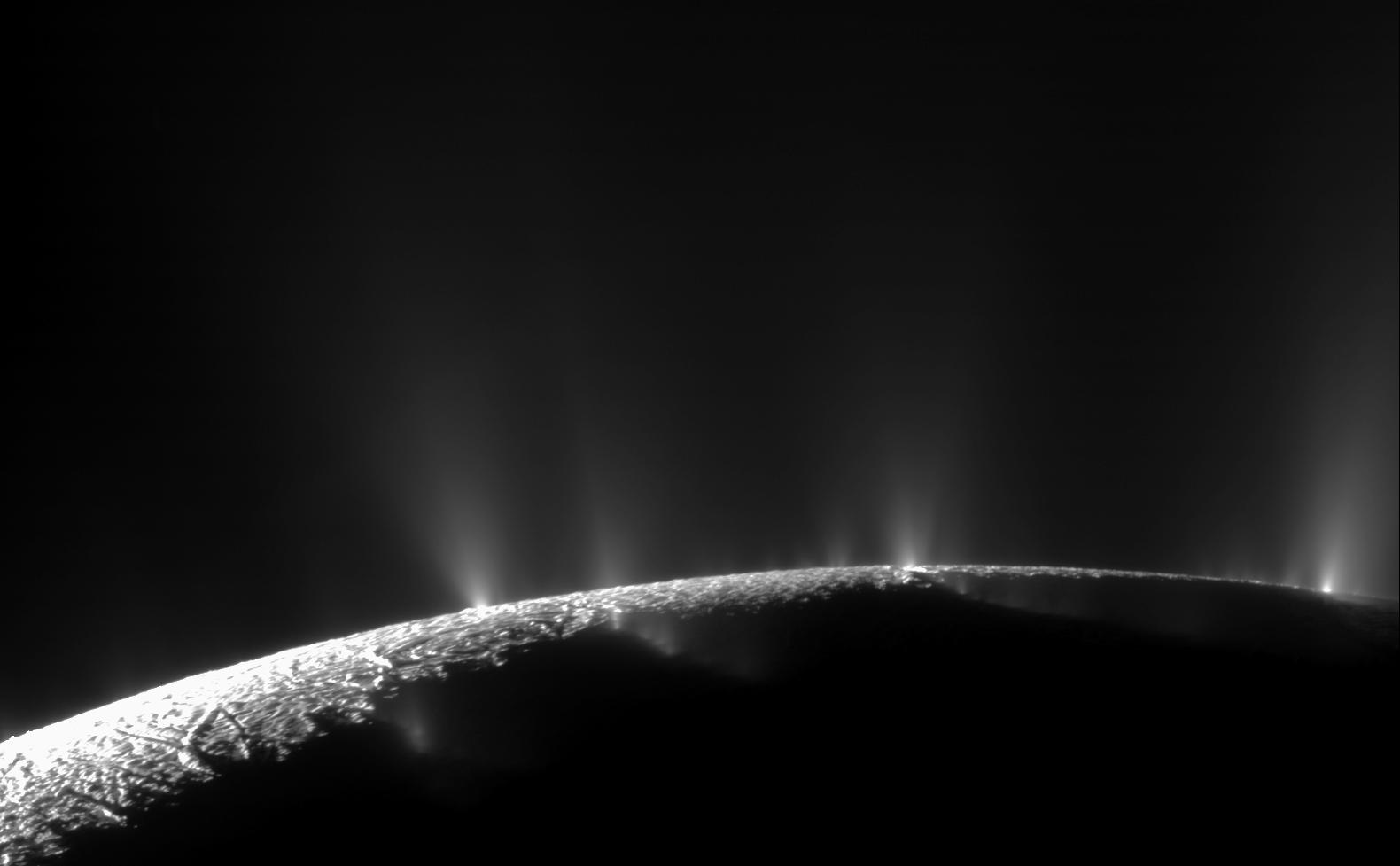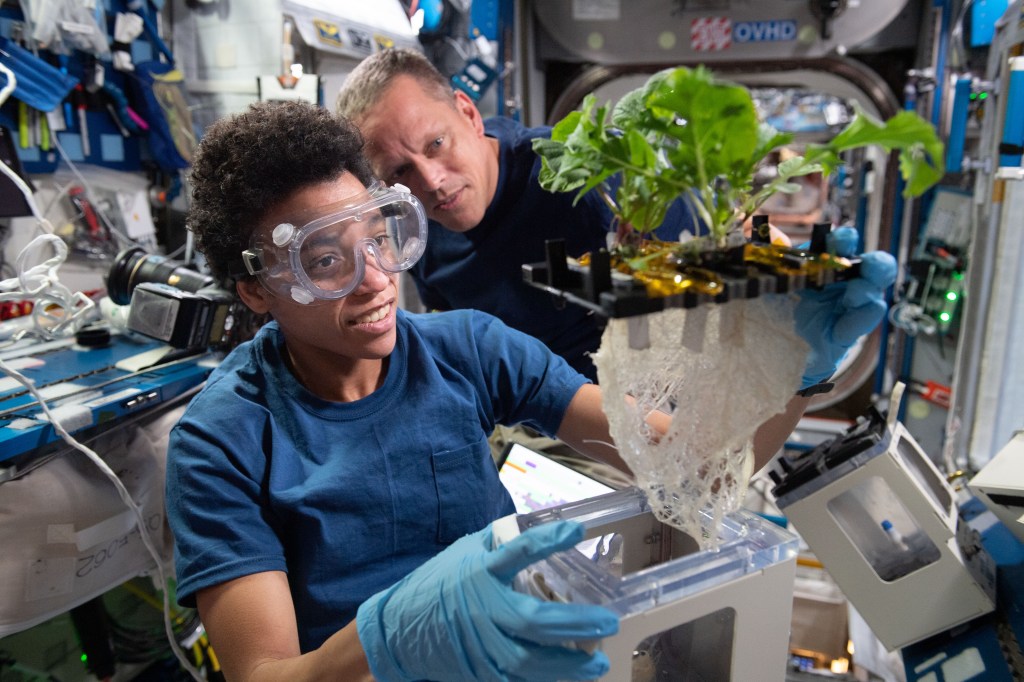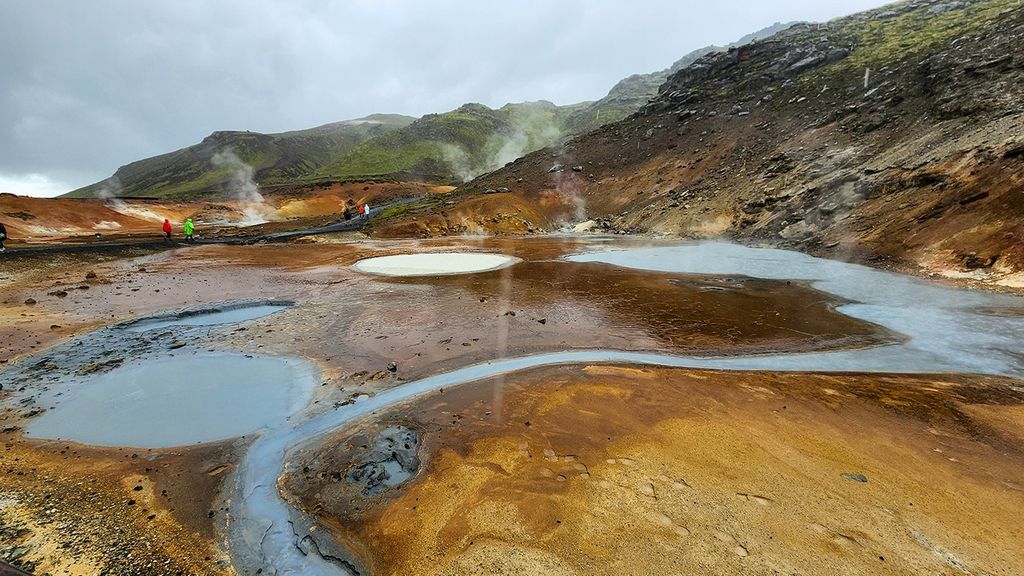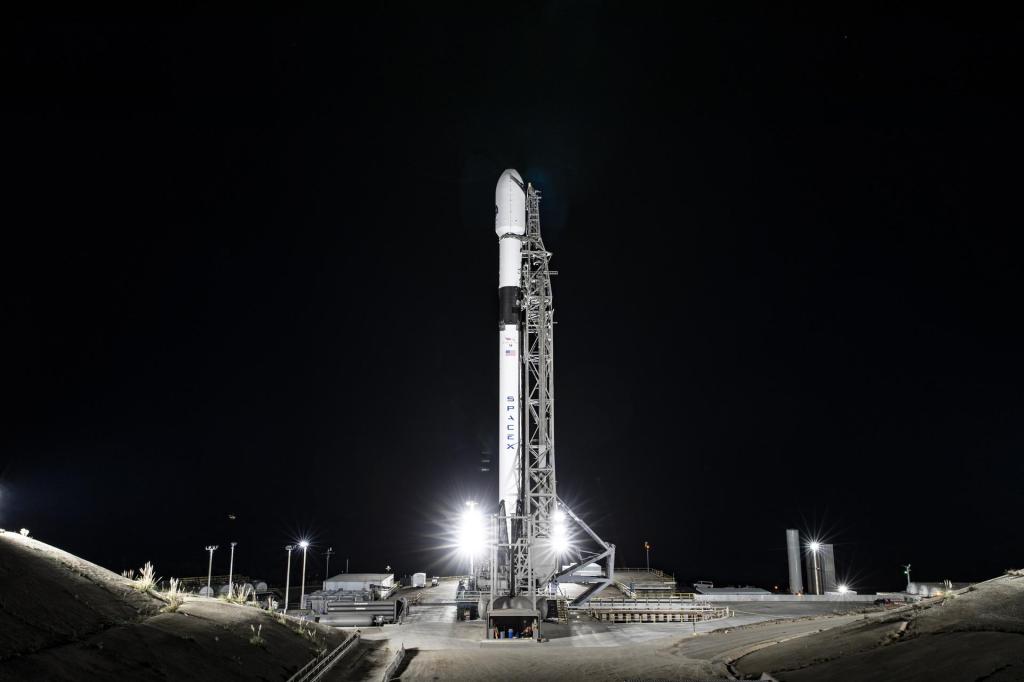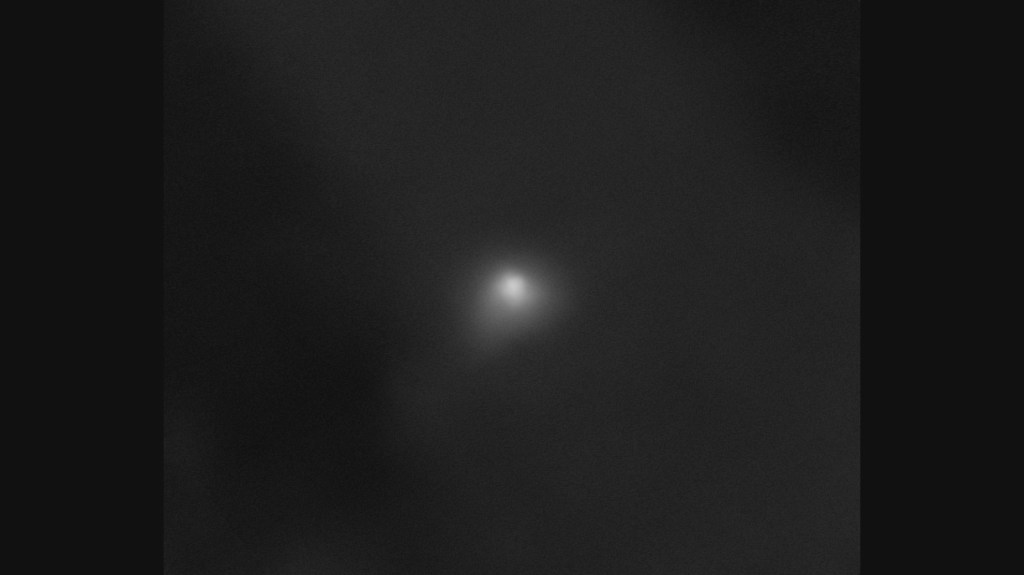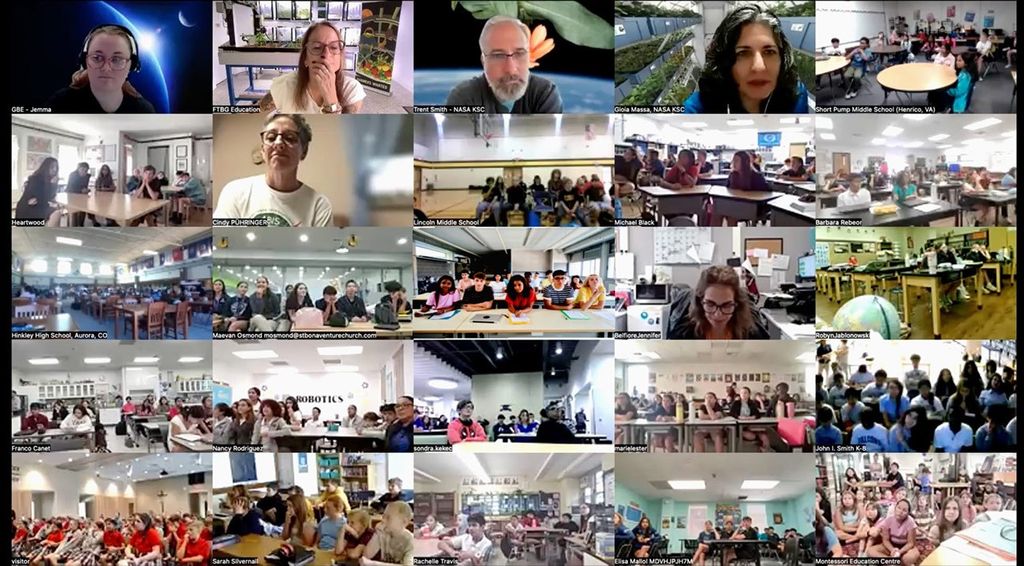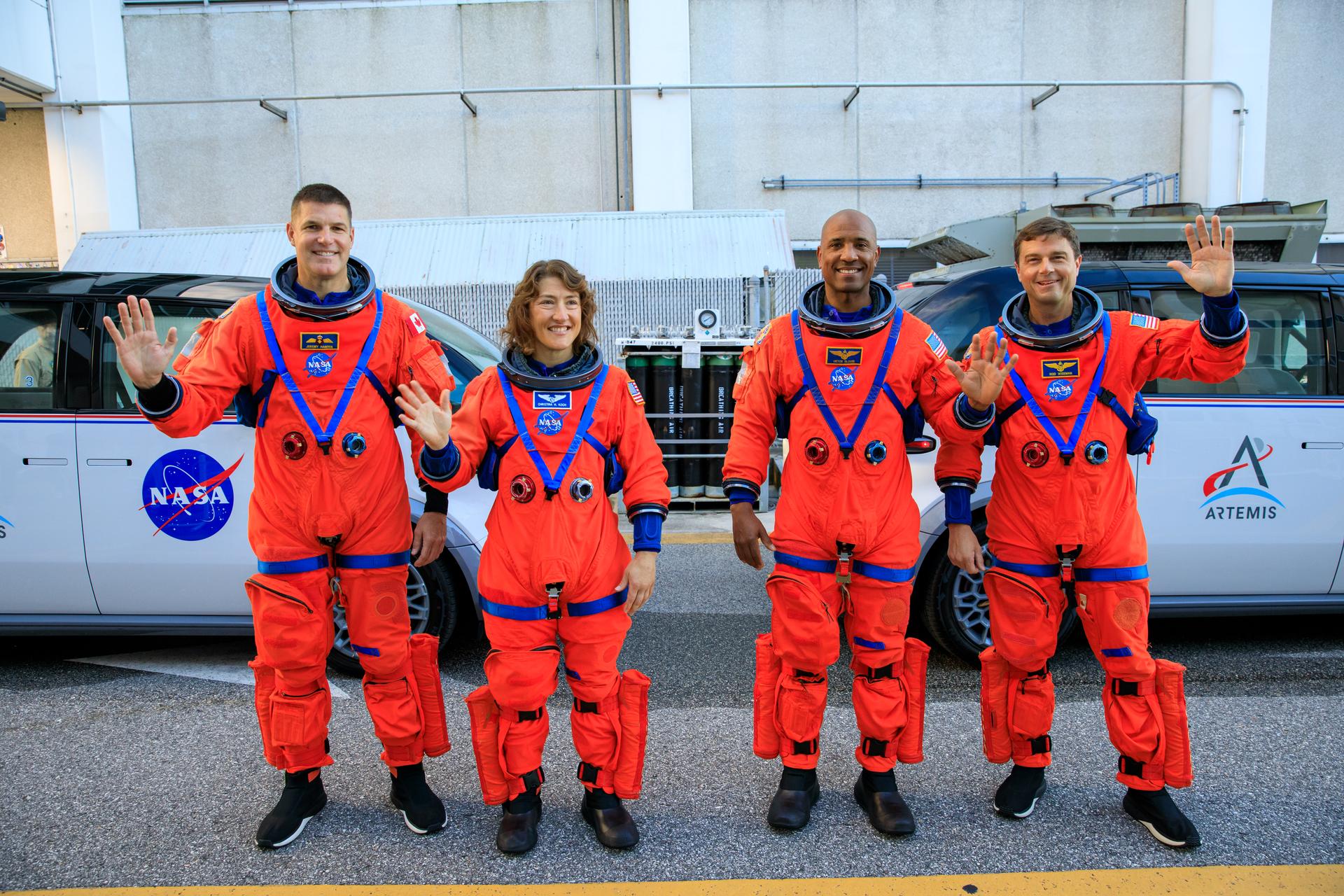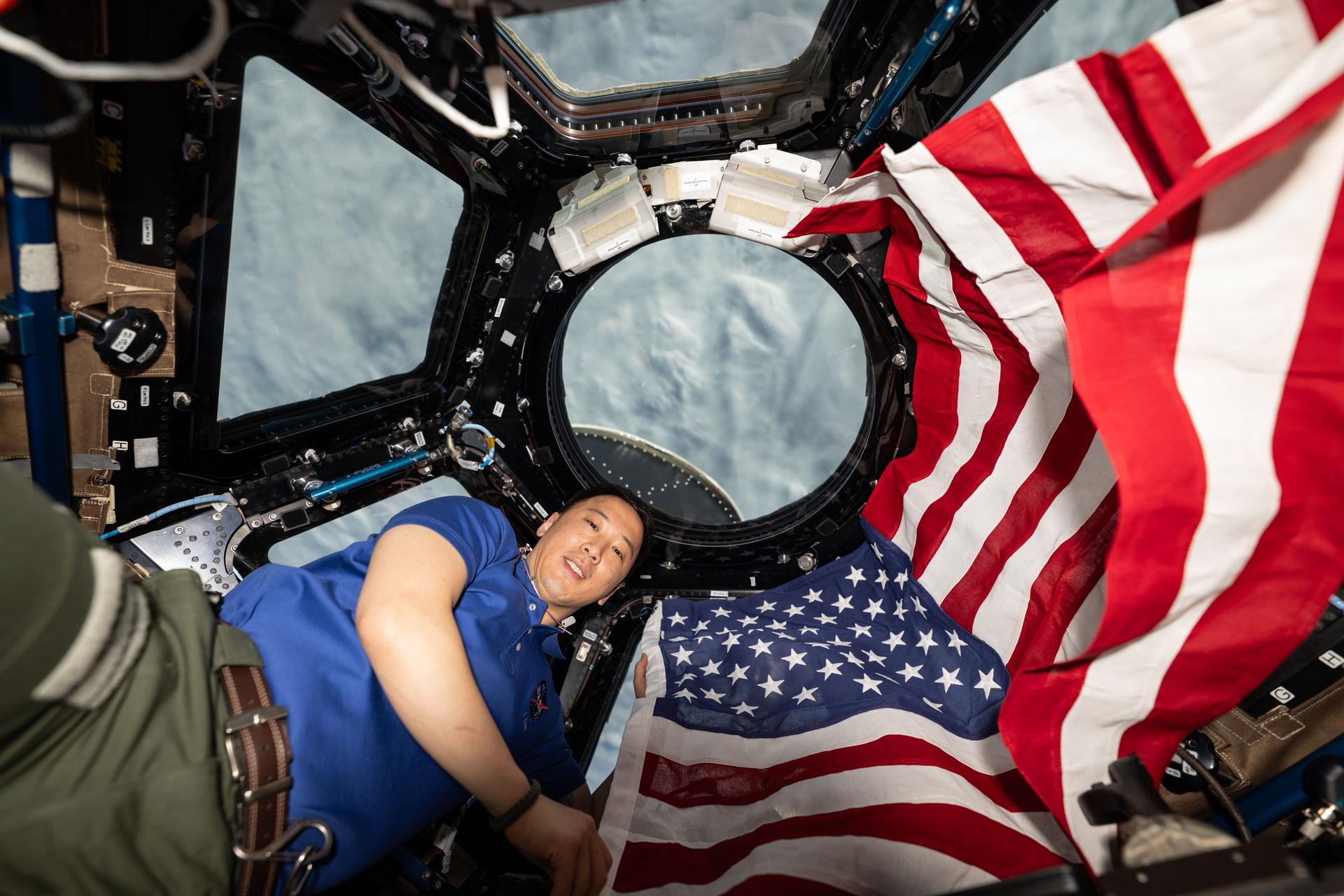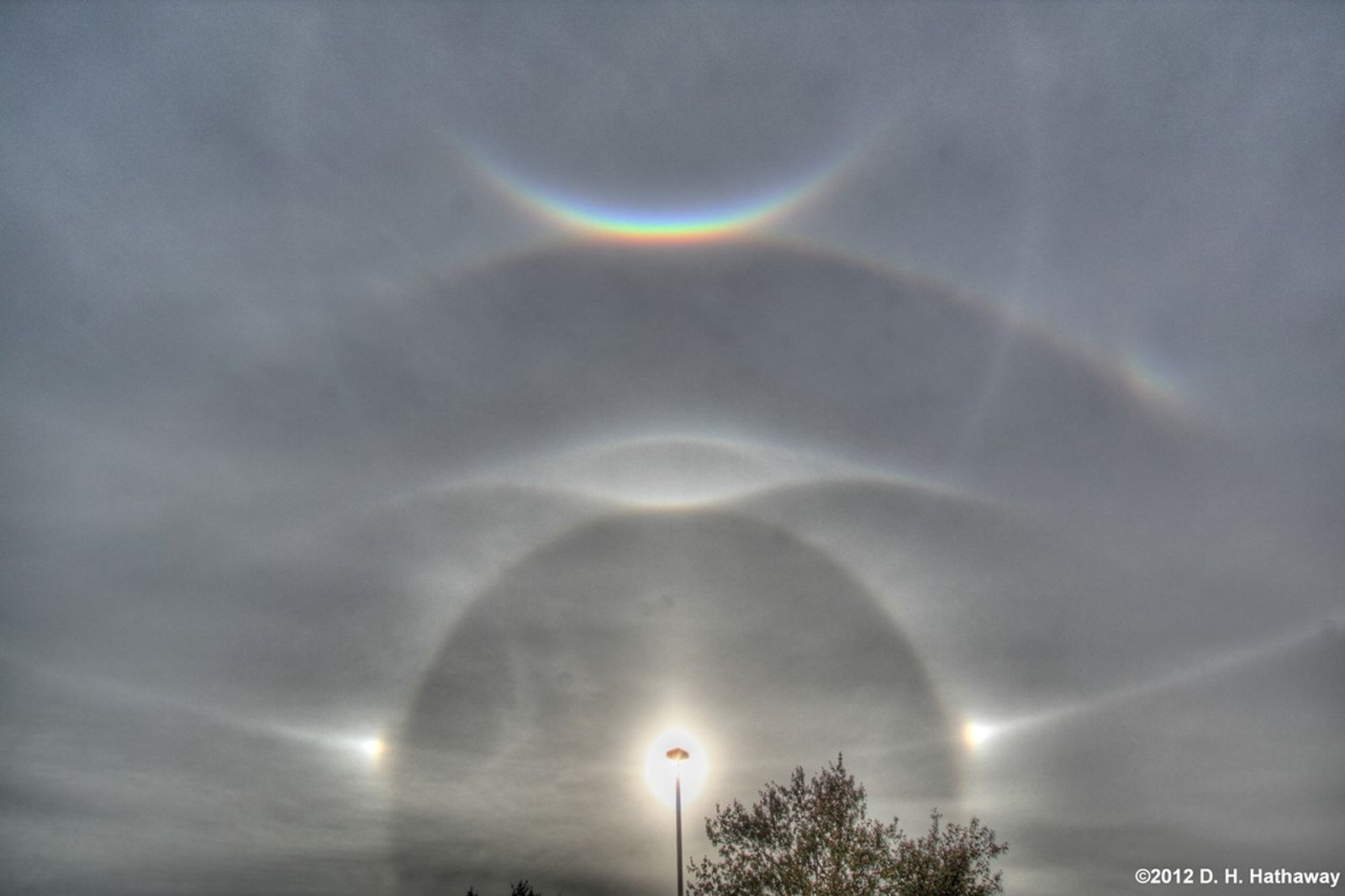
Yolanda Shea
Project Scientist, CLARREO Pathfinder (CPF) - NASA Langley Research Center
Contents
- Education
- What first sparked your interest in science?
- How did you end up working in climate science/Earth science?
- Tell us about your job. What do you do?
- What’s one piece of advice you would give to others interested in a similar career?
- What is your favorite science image and why?
- Where are they from?
Education
Cornell University
Atmospheric Science (B.S., 2007)
University of Colorado at Boulder
Atmospheric Science (Ph.D., 2012)
What first sparked your interest in science?
My interest grew out of a fear of thunderstorms as a child. From the time I was about 9 or 10 years old, when my family moved to Virginia from New England, I would put on The Weather Channel to make sure I knew what we were in for when thunderstorms rolled through.
Basically, I was afraid of the thunderstorms spawning tornadoes! Thankfully, we were never impacted by a tornado, and I became intrigued by how meteorologists put together their forecasts, the meaning of various weather maps and all things weather. I wanted to know more about how meteorologists did their job, which eventually led to my exploring other areas of atmospheric science.
How did you end up working in climate science/Earth science?
The summer after my junior year of college, I had an internship at Lockheed Martin Corporation. My first assignment was to work with an algorithm that estimated ocean currents from satellite measurements.
Although I had learned about Earth remote sensing [studying Earth from space with satellites] in my classes, this was my first taste of working with and understanding the details of how we could learn more about the physical world from satellite measurements. I was fascinated by the fact that scientists had discovered a way to map ocean currents from space!
This led me to learn about other physical variables in Earth’s climate system that we can observe with satellite measurements. Even though I understand the details of some of these algorithms now, I still find it amazing that we can use reflected and emitted radiation to learn so much about the world around us.
Tell us about your job. What do you do?
I am the project scientist for the CLARREO Pathfinder (CPF) mission. This mission includes a payload that will be on the International Space Station and will measure reflected sunlight from Earth. It will do this with higher accuracy than previous satellite instruments. We’ll be able to use these measurements not only to better understand Earth, but also to improve the accuracy of other satellite instruments.
As project scientist, I help educate the rest of the scientific community about our mission, and I’m also part of the team working to show how we will improve the accuracy of other satellite instruments with the CPF measurements.
What’s one piece of advice you would give to others interested in a similar career?
Take as many math and science classes as you can! Whatever direction you go in, that foundation will prepare you to do anything you’re interested in.
Also keep in mind that career paths aren’t always clear, straight paths. There are often twists and turns along the way, and it’s okay if your interests change as you progress, too! Try to enjoy that ride. Work hard, stay curious and pursue your interests, and you’ll have fun along your journey.
What is your favorite science image and why?
I’ve been fascinated by atmospheric optical phenomena since I first learned about them in college, and this includes the halos seen in this beautiful image. I lucked into sitting next to the scientist who took this picture on my way to a popular conference. It was fun to share my enthusiasm for weather and beautiful optical phenomena such as this one with the scientist who took the photograph.
Where are they from?
Planetary science is a global profession.

